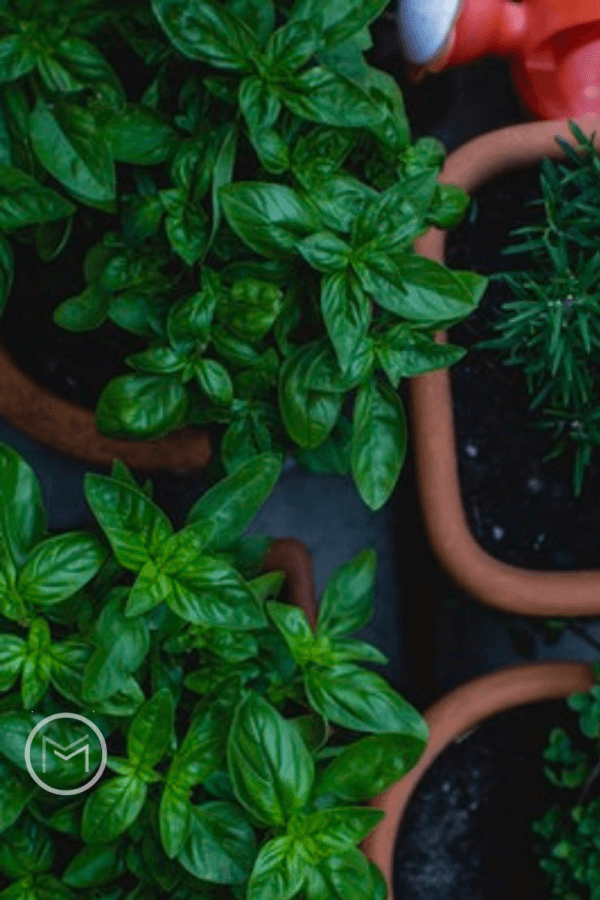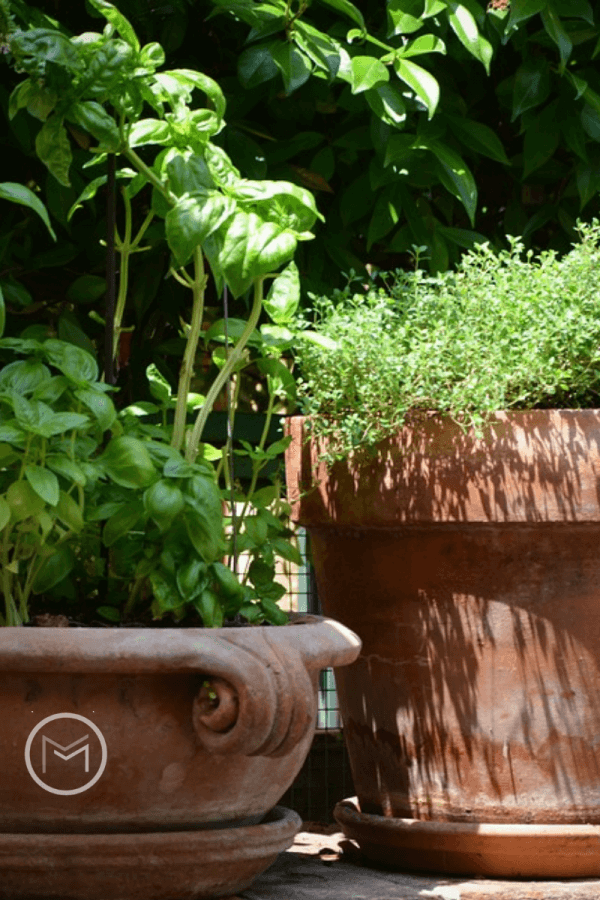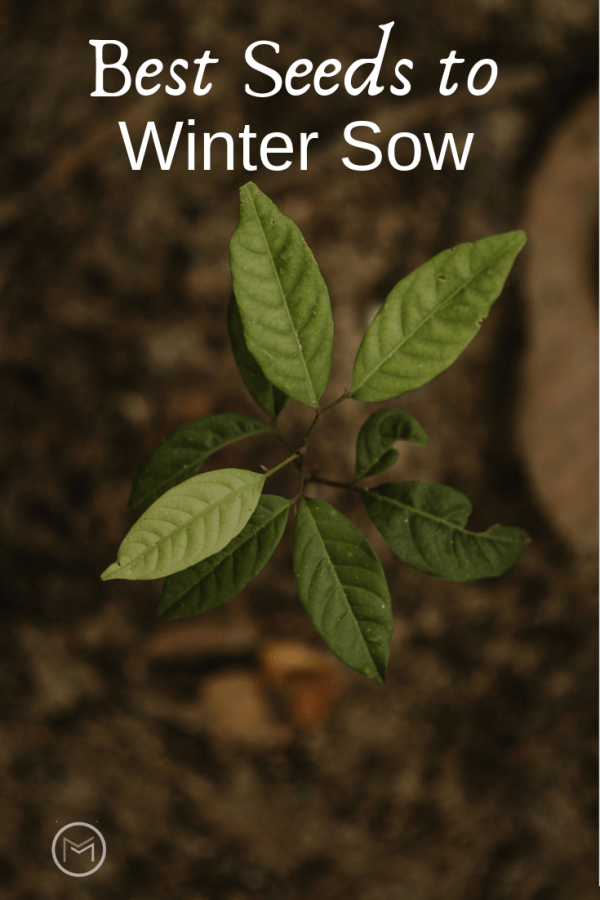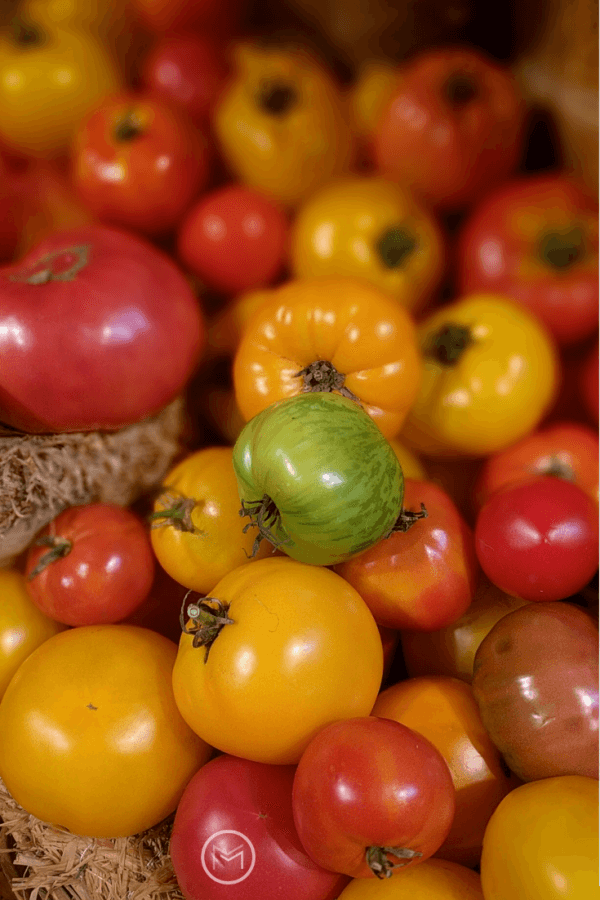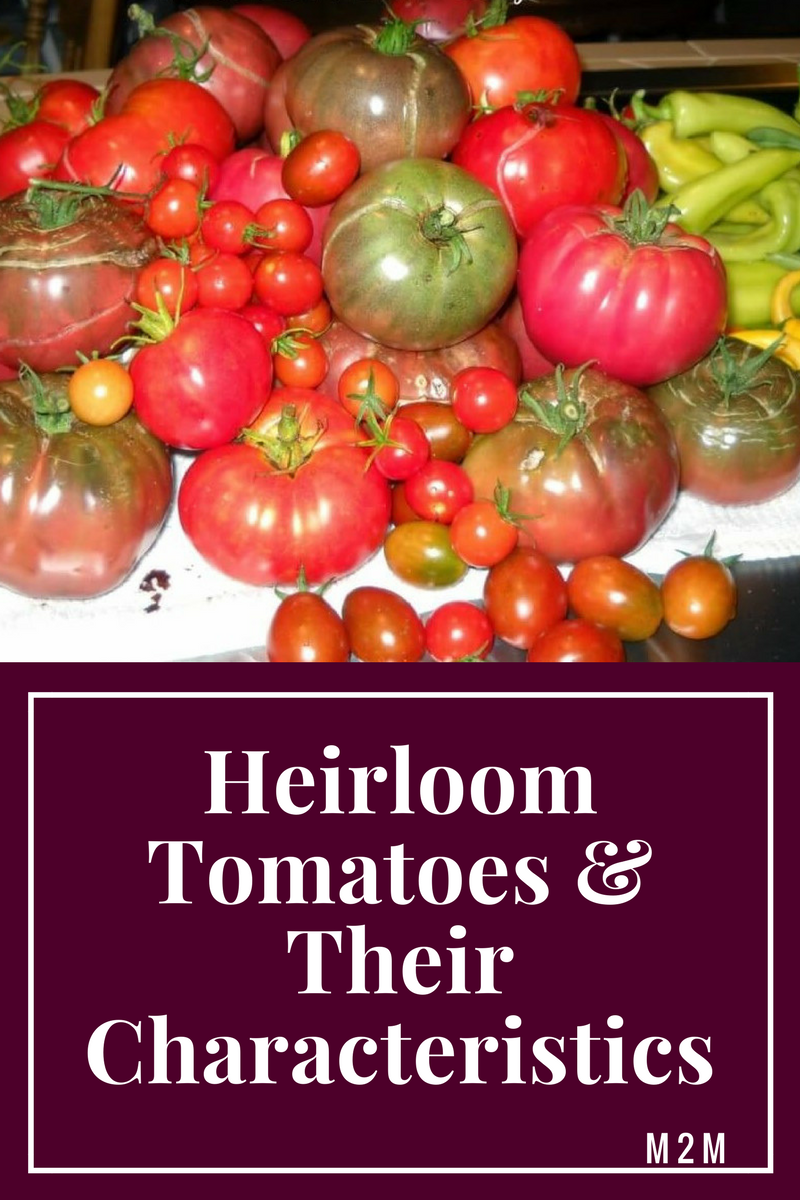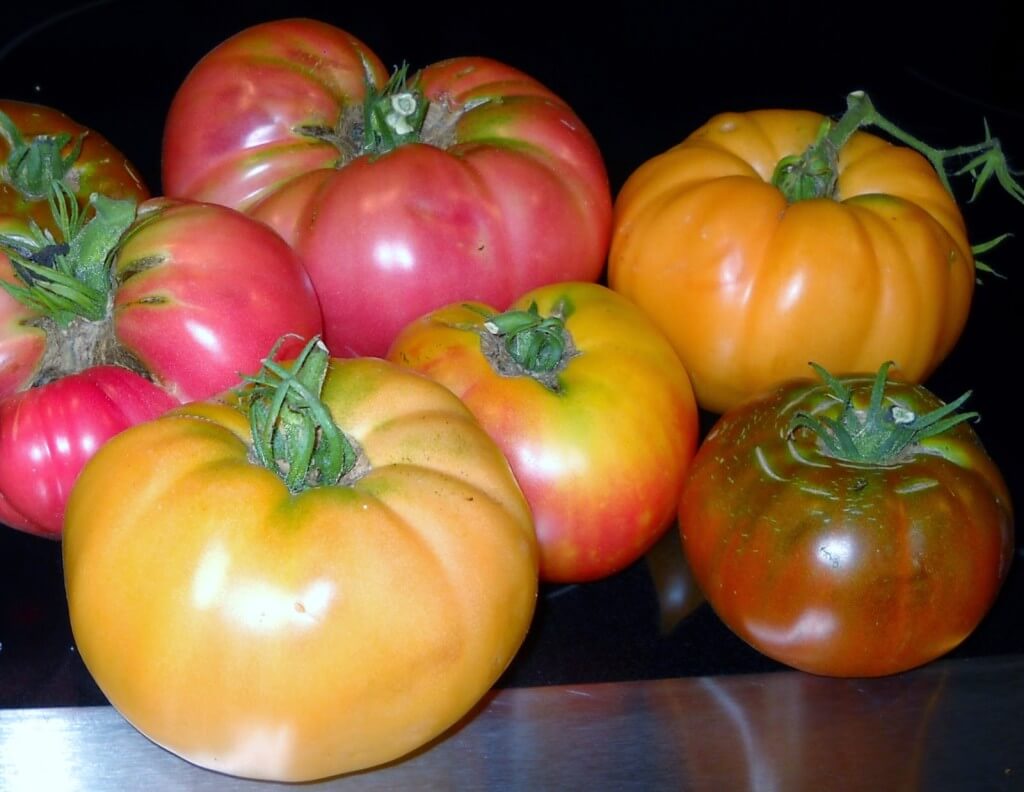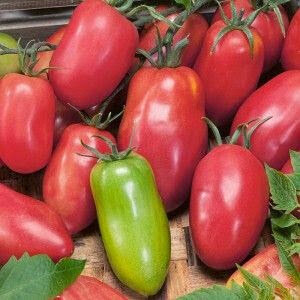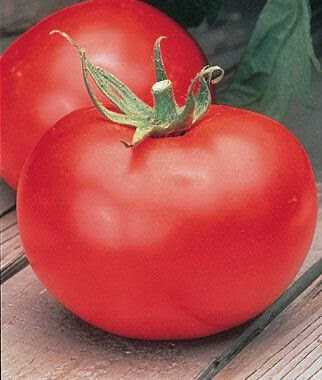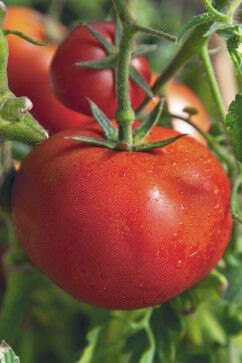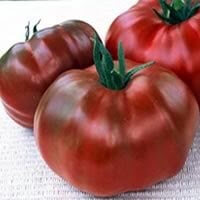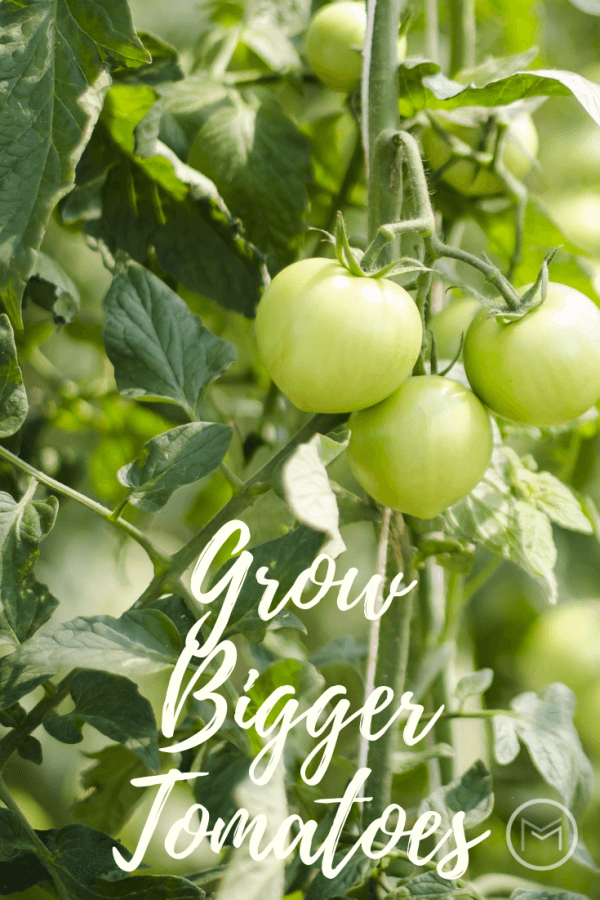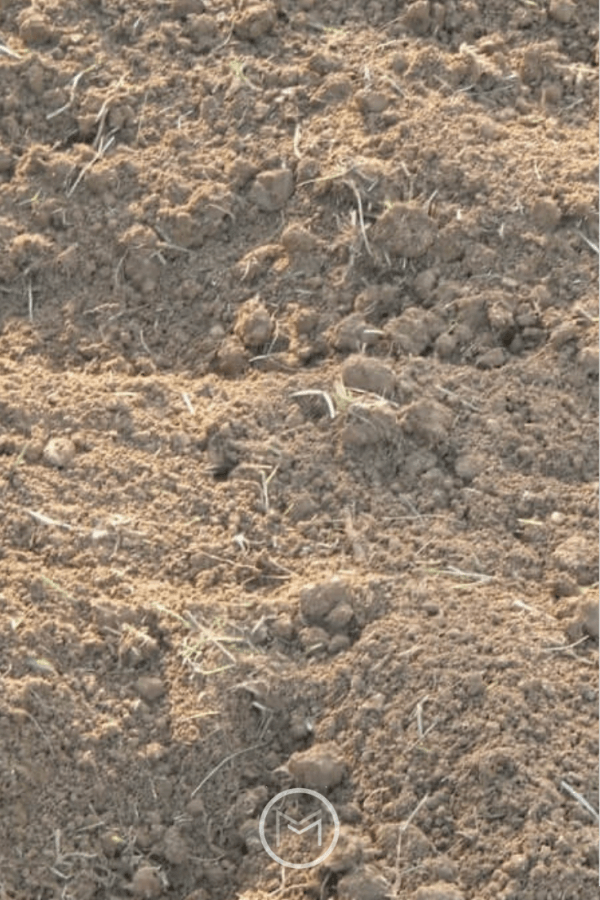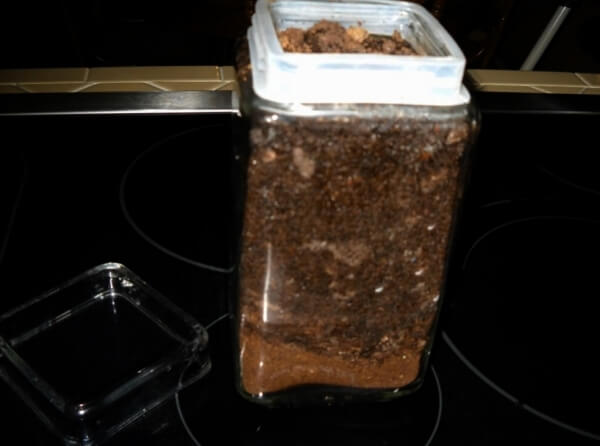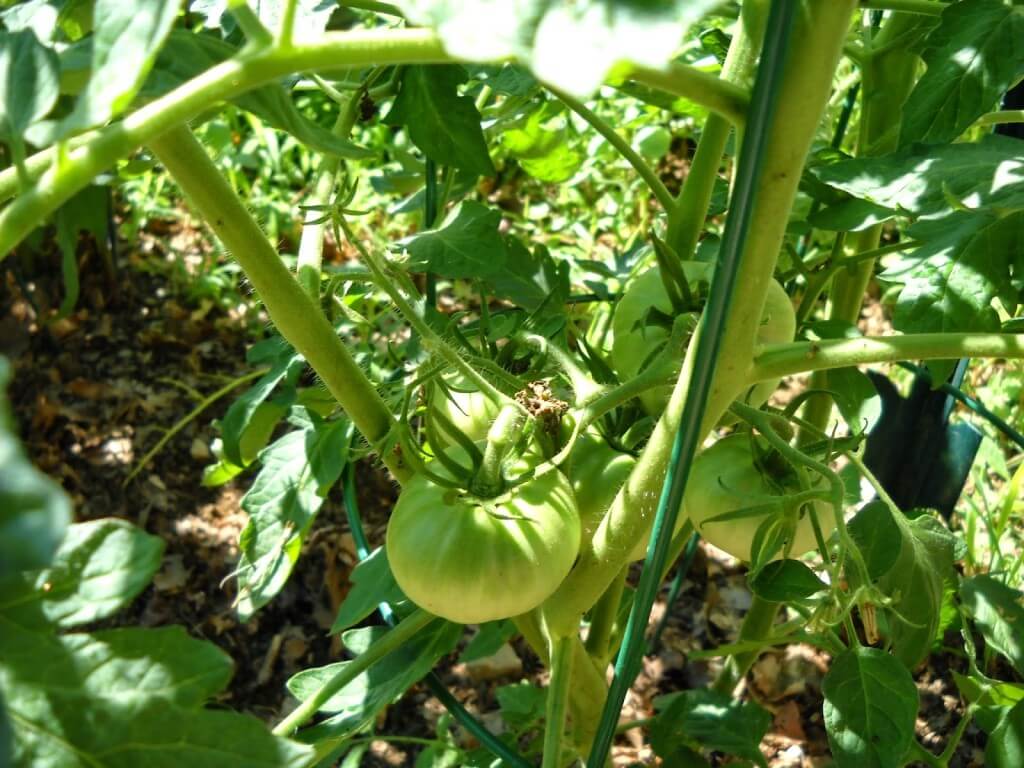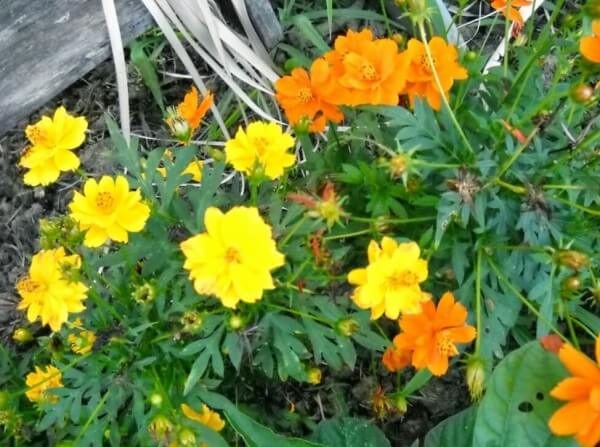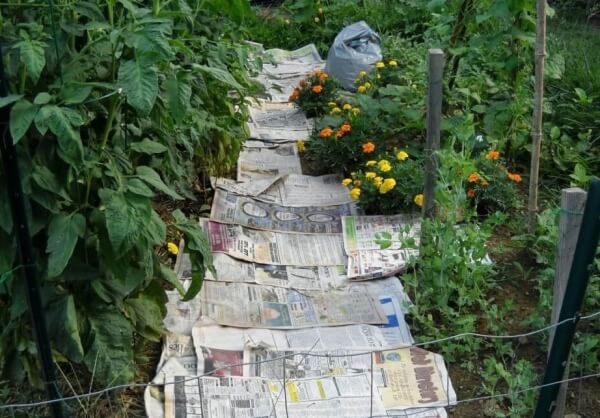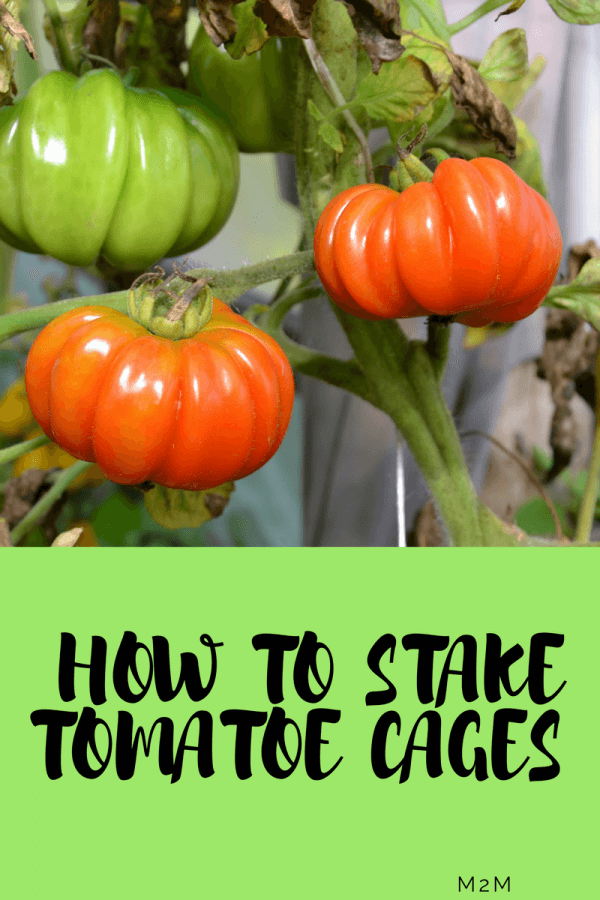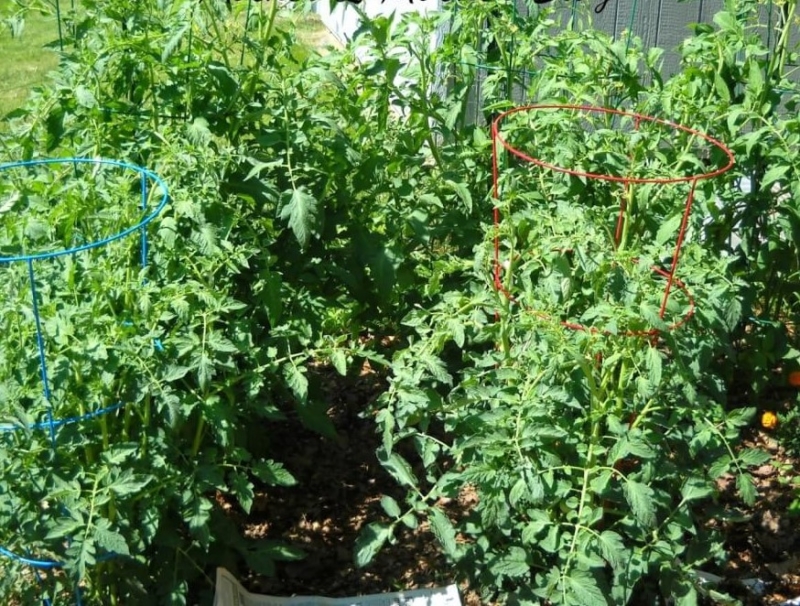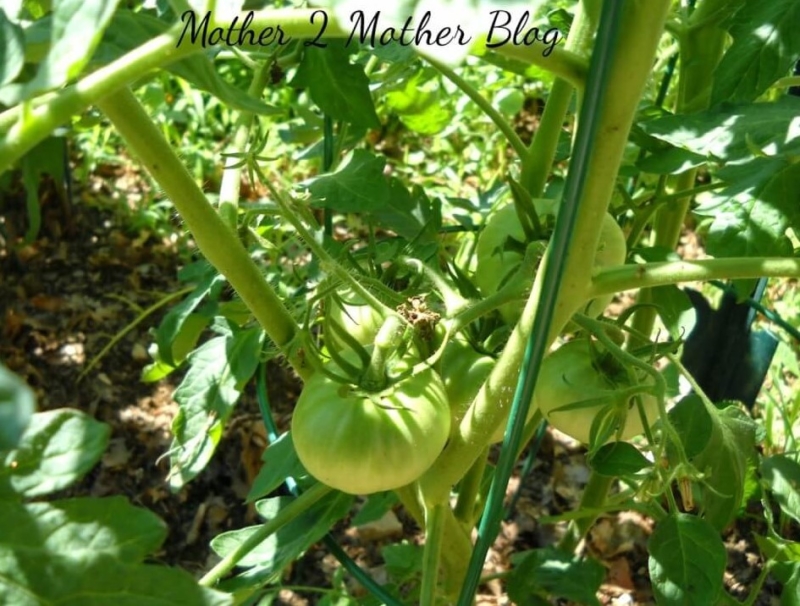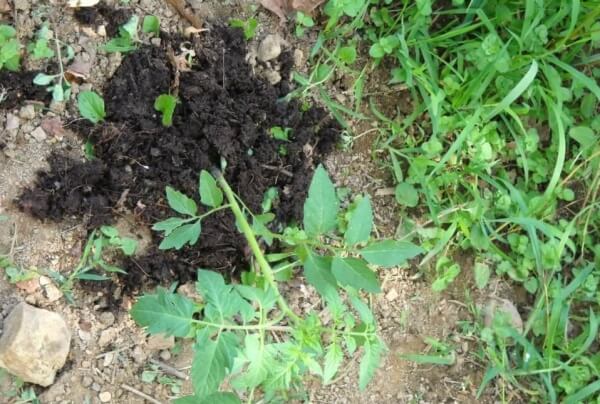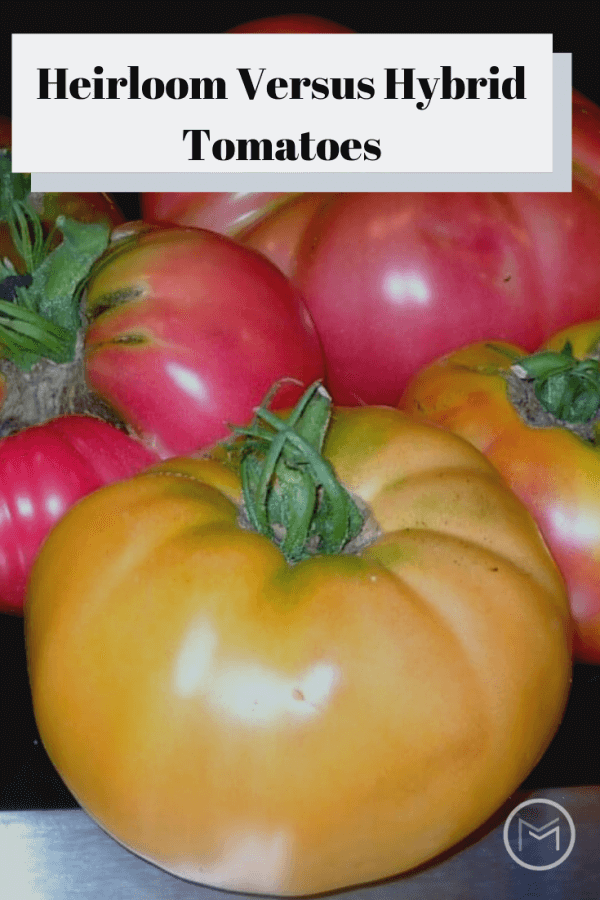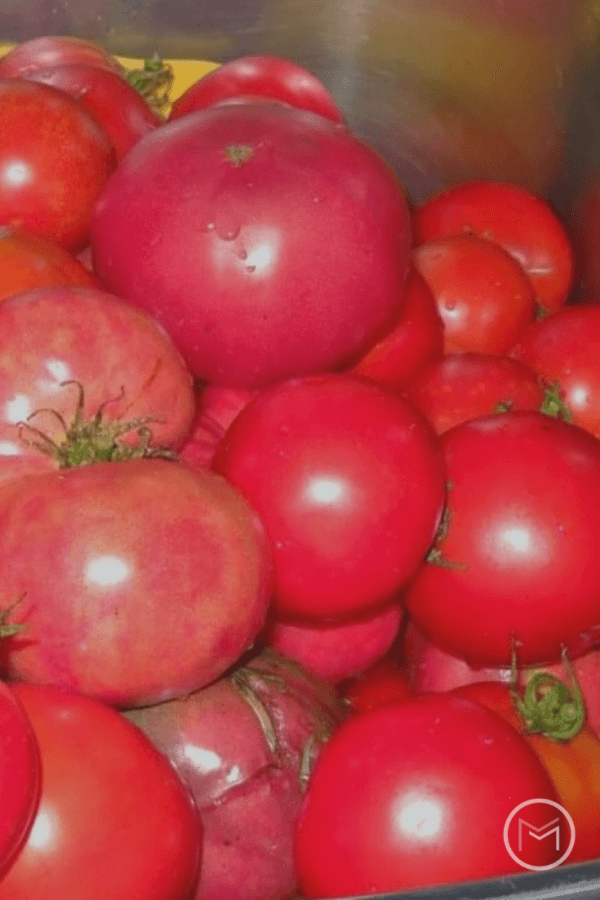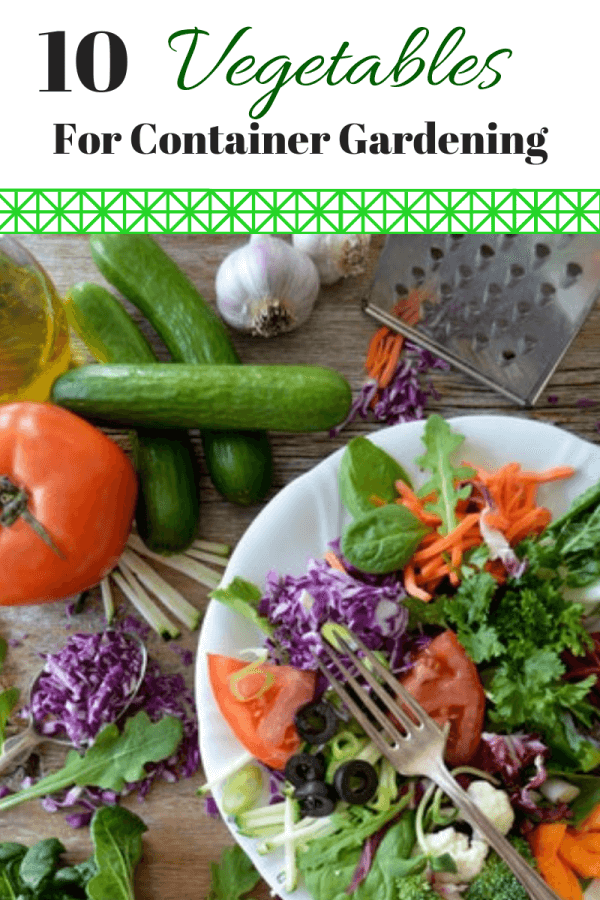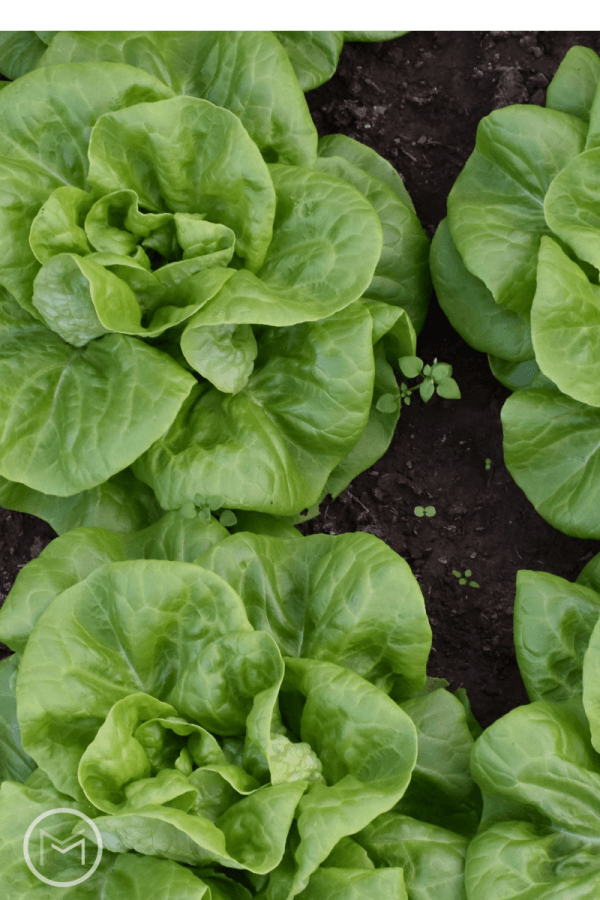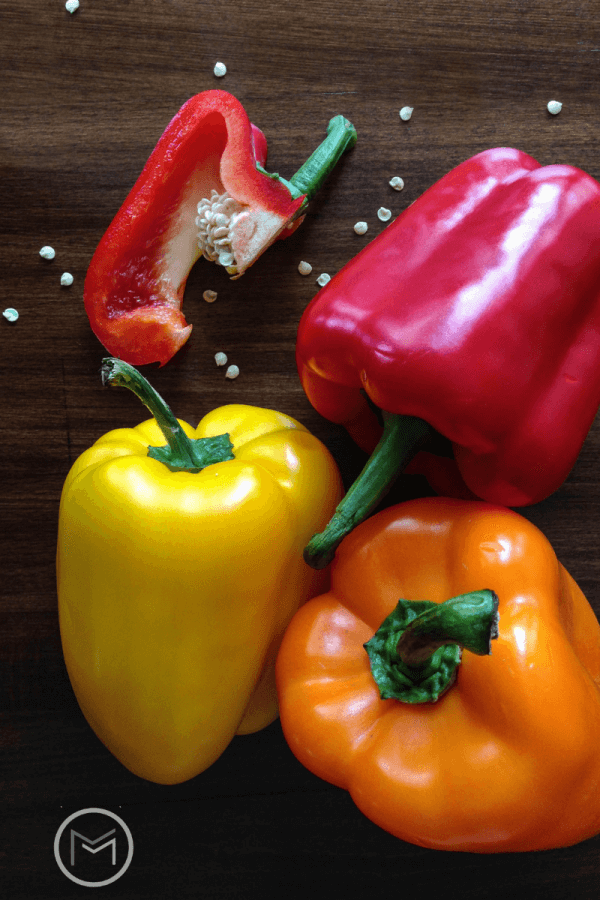Organic gardening has been becoming more and more popular and for a good reason. Whether we are aware of it or not, many gardeners are already working on some form of organic backyard vegetable gardening. Organic gardening is the actual practice of growing lawns, vegetables, fruits, shrubs and more without manmade chemicals. It’s also about feeding the soil by tilling compost or manure into the soil.
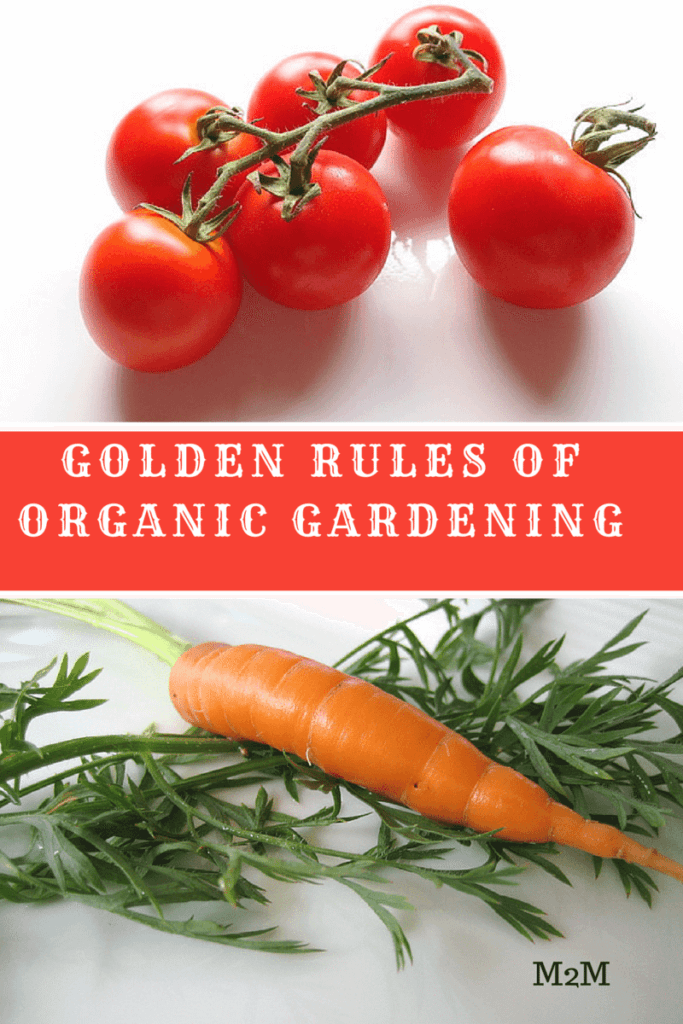
Organic Gardening Rules:
It is getting harder and harder to do organic gardening since there are many toxins that get in the way. However, if you follow these golden rules below you will be able to start a really good organic garden for you and your family:
- Invest some time and energy to build up your soil with a nice, high amount of organic matter that would be able to support a better quantity of beneficial soil microbes and fungi. Healthy soil will help grow healthy plants.
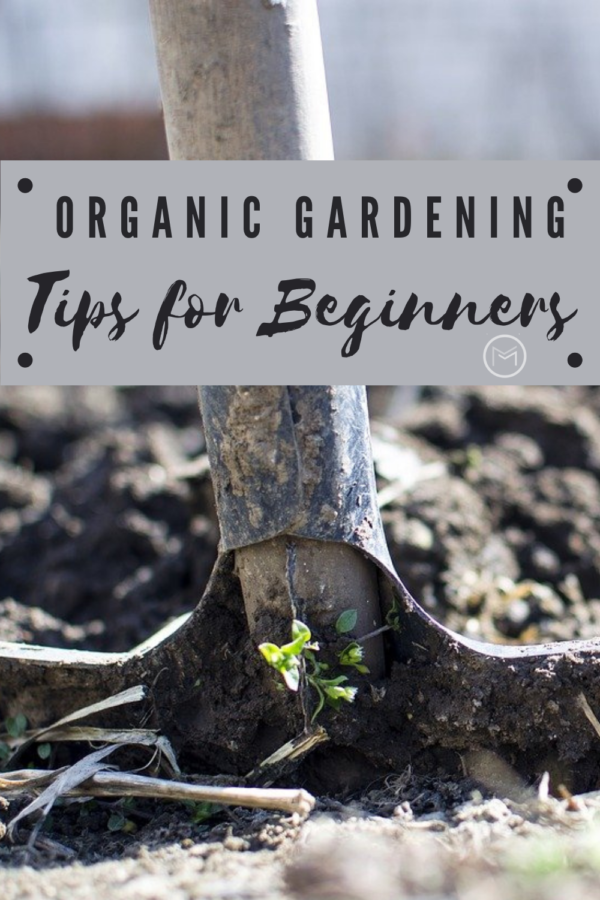
- Ensure you have properly placed plants in a location where they will thrive. Planting plants in location where they don’t get enough sunlight or shade will cause them to die or not thrive. This is one very important part of expert gardening and landscaping that will help make your plants vigorous and healthy. Healthy plants will be harder to succumb to disease and pests and they will be less stressed by bad weather if planted correctly.
- Take care of any disease and pest problem when first noticed. You will need to take action right away. This will be a lot easier to work with during the early stages of an infestation, so avoid delays when you work on garden maintenance and landscaping.
- There are many benefits of organic gardening you can enjoy. For example, the lack of harmful chemicals in your homegrown food is a major benefit of organic gardening. Less overall harm to the land around you, preservation of wetland areas and groundwater and more.
- You can feel a lot better knowing you are actually doing something to change things. We can use compost or composted manure for fertilizer and mulch, not to mention we can use it in a really safe way. Leaves and straw as well as tree bark would make for excellent mulching choices when you need it. Natural-based and organic fertilizers instead of chemically derived ones will also be a major part of your gardening efforts.
- You can learn to apply the right techniques to make growing healthy plants an easier job, avoiding diseases and pests in the process. A healthy plant will be much more resistant to stress and more, so make sure you keep it that way.
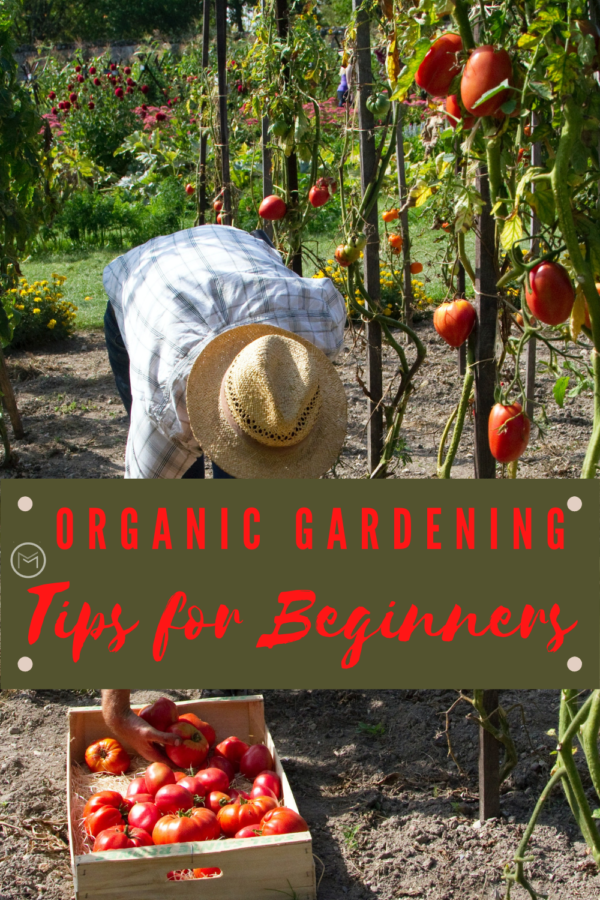
- You can use beneficial enemies for the pest insect species in your garden. Such as how ladybugs are enemies of nematodes and aphids. Additionally, as other species combinations that would be a good solution.
Use natural deterrents and insecticides for bug problems. For example, use insecticidal soap sprays, copper, sulfur, neem oil and more to solve your disease issues. Use the chance to remove any weeds that are too big for weed killer or work by hand. It will be harder, but it will be worth the efforts.
Contributor: Ella Andrews is a content writer. She has a passion for home maintenance, healthy living and gardening projects. She is presently focused on writing and enjoying every opportunity to share tips and advice with her readers. Check out these other gardening tips too.

